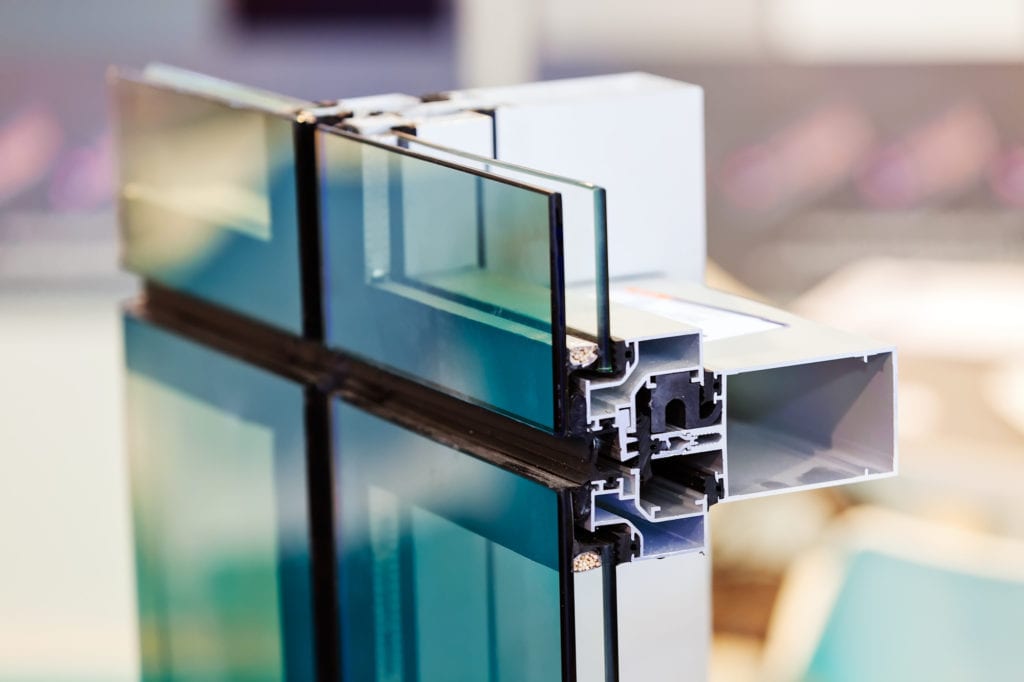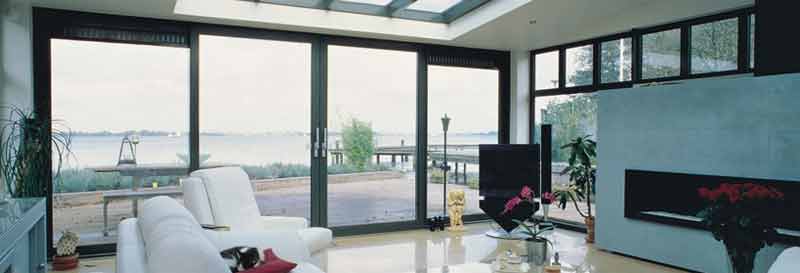All Categories
Featured
Table of Contents
Twinglaze® Double Glaze Specification Act - Vic in Coolbinia Perth
Laminated glass is frequently used in areas in the house most prone to injury from human effect such as restrooms, doors, around staircases and in locations close to the floor (it fulfills the requirements of 'shatterproof glass' that is mandated for use in these areas by Australian Basic AS 1288 Glass in structures).
Toughened glass has been 'tempered' by being reheated and rapidly cooled again. This process makes it much more powerful than basic glass it can withstand higher effect loads before breaking. It likewise makes it more secure since, when it does shatter, it burglarizes numerous little cubic pieces instead of harmful fragments.
Single Vs Double Vs Triple - Which Window Is Right For Your ... in Daglish Perth
However, toughened glass has no thermal or acoustic advantages over other glass of the very same toning or thickness. Secondary glazing is where single-glazed windows are retrofitted with a transparent acrylic or glass sheet connected to the within of the frame or openable sash with a secondary frame or with magnetic strips.


Secondary glazing will not perform too thermally as a made IGU, considering that it is impossible to absolutely seal the perimeter, however it can provide excellent noise control. Window films are a thin polymer film including a taking in dye or reflective metal layer, with an adhesive support. They stick to your glazing to alter its colour or make it reflective.
Canberra Window Replacement - Upvc Double Glazed ... in Seville Grove Western Australia
Applied to existing glass, some window films can cut in half the total SHGC of the window by absorbing and/or reflecting solar radiation. This can be particularly useful in hotter climates where cooling is the main issue, or on east and west elevations straight exposed to long periods of sunshine. However, window films might also minimize visible light transmittance.

For this reason, it is usually best to use a recognized installer of window film. Frames have a considerable influence on the thermal efficiency of windows and doors, due to the fact that energy can be gotten and lost through the frame, along with through the glass. Various kinds of frame will enable different levels of heat gain and loss, so careful option of frame is essential for efficient passive style.
Double Glazing Vs Triple Glazing: Which Should You Choose in Pearsall WA
Nevertheless, aluminium is likewise a really good conductor of heat and will reduce the insulating value of a glazing system, unless specifically crafted to reduce this. A 'thermally broken' frame is made up of 2 aluminium sections connected by a structural insulator (usually a low-conductivity structural polymer). This 'breaks' the thermal connection through the aluminium and lowers the heat streaming through the frame.
Wood frames are a great natural insulator that can suit some house designs. Wood frames should be made from types that have naturally high sturdiness or be dealt with to avoid decay and contortion.
Enjoy Your Summer More With Double Glazed Windows in Mt Helena Perth
(weather stripping) is installed.
u, PVC windows and doors have exceptional thermal performance Picture: Ben Wrigley (Light House Architecture and Science) Composite frames utilize aluminium profiles on the external sections with either a wood or u, PVC inner area. These combine the low upkeep and toughness of aluminium with much improved thermal performance.
Latest Posts
Why Is Double Glazing So Important In Winter? in Floreat Western Australia
Pros And Cons Of Argon Gas In Windows in Bedford Perth
Can I Have Double Glazing In A Summerhouse? in Madeley Perth